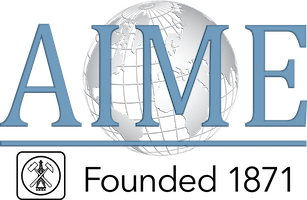Thomas L. Joseph (AIST)
Benjamin F. Fairless Award for Distinguished Achievement in Iron and Metallurgy* in
1964
Thomas L. Joseph was born in Beaver, Utah in 1894 and received his Masters degree from the University of Utah in 1917. He served in the Ordnance Corps of the U. S. Army from October 1917 to January 1919.
Upon discharge from the Army, he entered the service of the U. S. Bureau of Mines. In August 1919 he was assigned to the Minneapolis station of the Bureau where he began to study the blast furnace process by means of laboratory experiments and observations on conditions in the shaft of experimental furnaces. Channeled gas flow, first observed . in small furnaces and later in full scale units, showed a great need for sizing the burden.
In 1936, he was appointed Head of the Department of Metallurgy at the University of Minnesota. From 1944 to 1955, he served as Assistant Dean of the Institute of Technology. Administrative work was relinquished in 1955 to devote more time to teaching and research. Four months' work in Japan in 1951 for SCAP won honorary membership in the Iron and Steel Institute of Japan. He played a leading role in the first full scale high top pressure blast furnace tests that preceded the adoption of this practice in the United States and elsewhere.
Publications and close contacts with blast furnace practice led to a number of outstanding awards, including the J. E. Johnson, Jr., Award in 1927, the Robert W. Hunt Award in 1937 and the Journal of Metals Award in 1956. In 1946 he delivered the Howe Lecture. A joint scroll from the Eastern and Western blast furnace associations recognized his early work in the Bureau of Mines.
As an active member of the Institute for 40 years, he has served as chairman of several committees and was a Director from 1951 to 1954.

